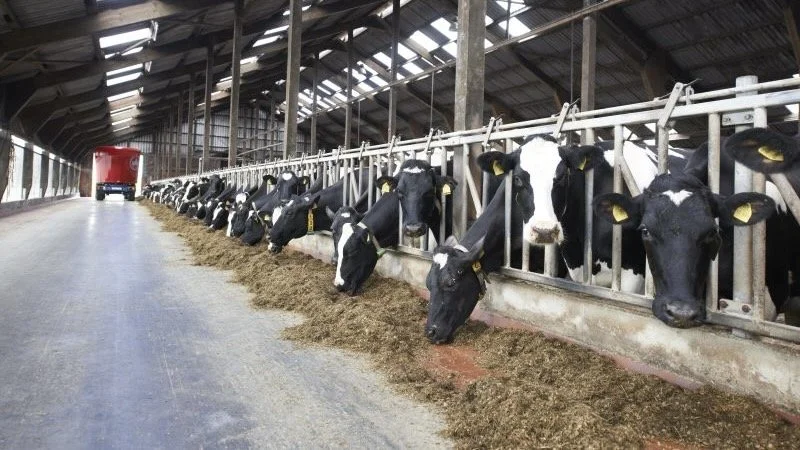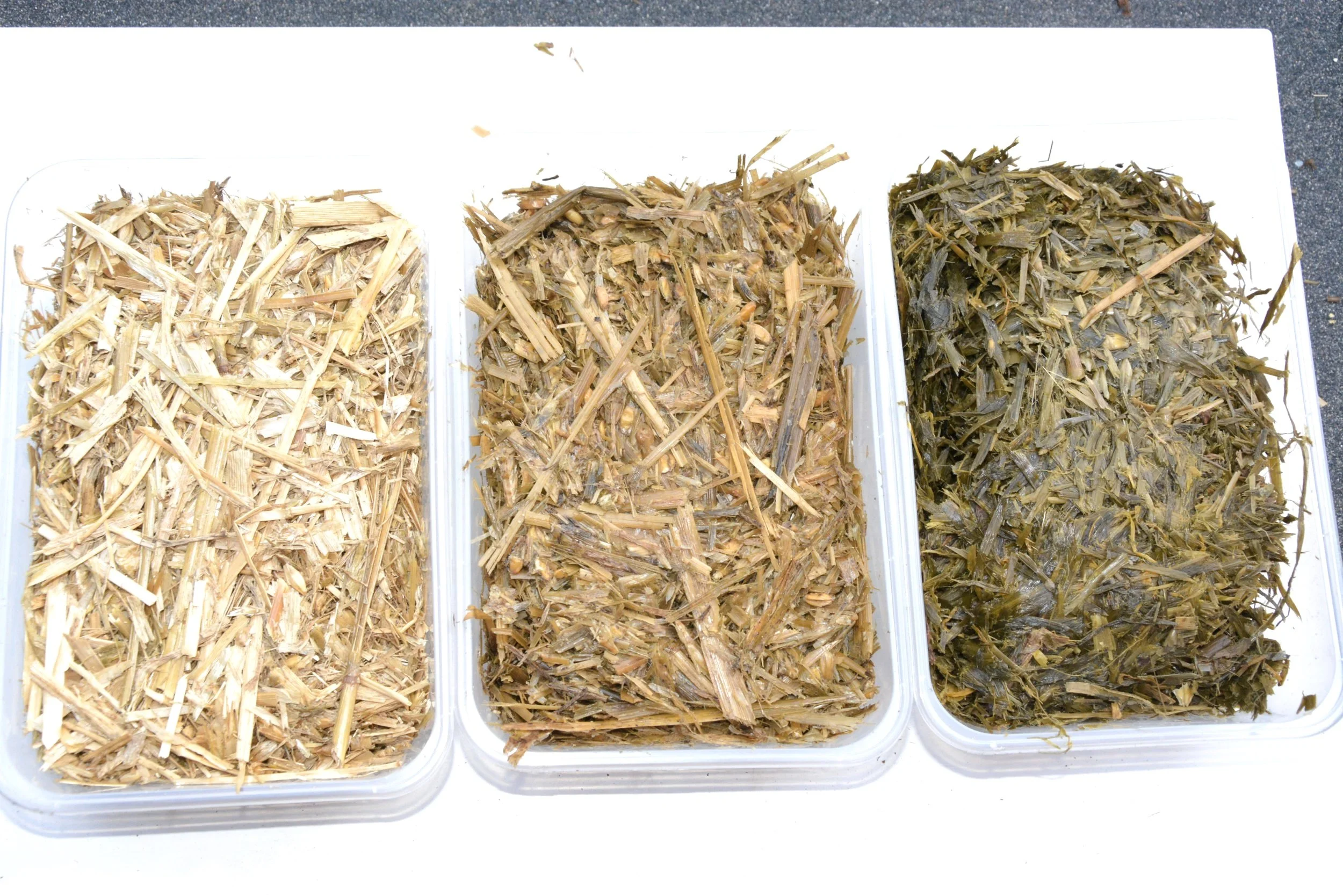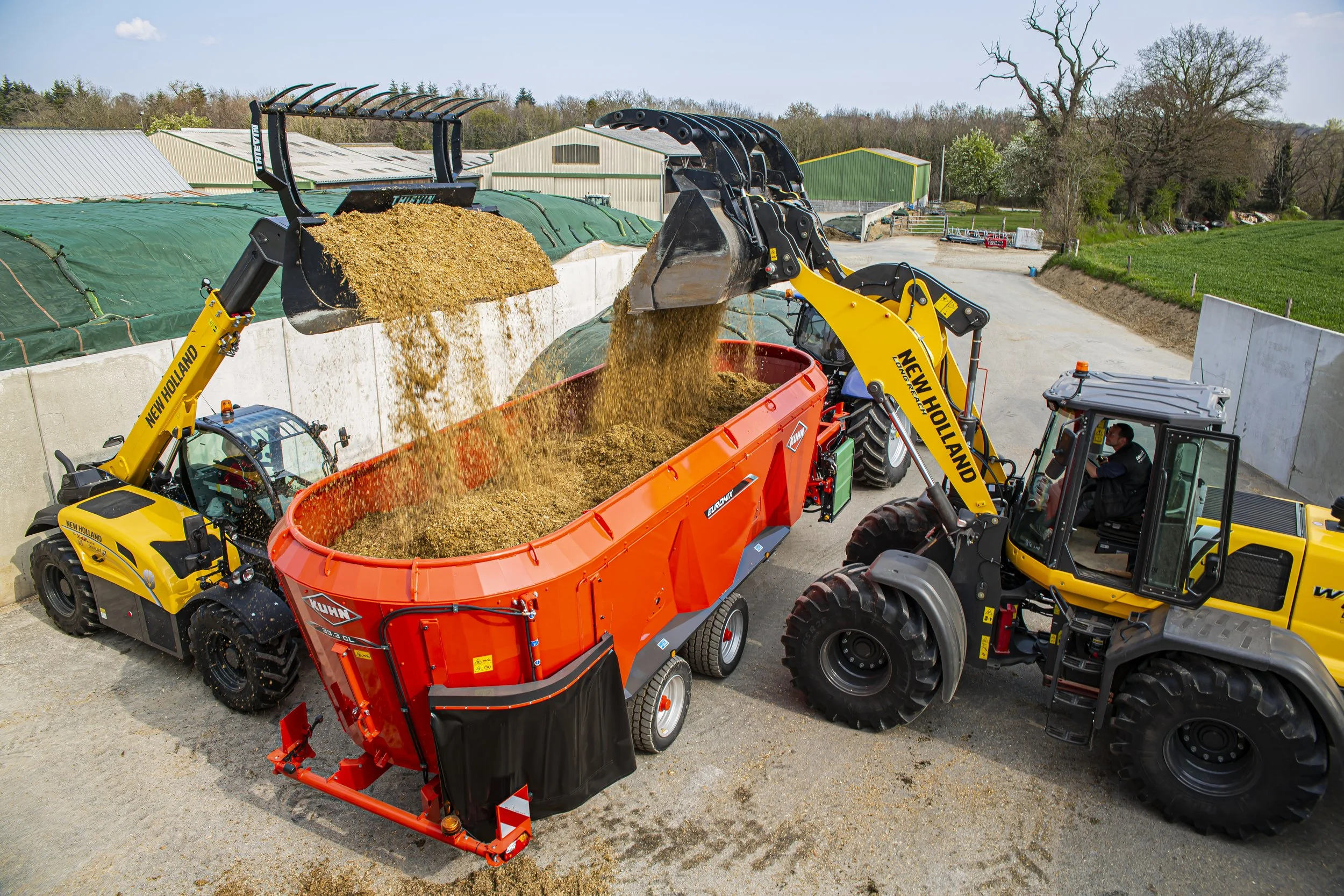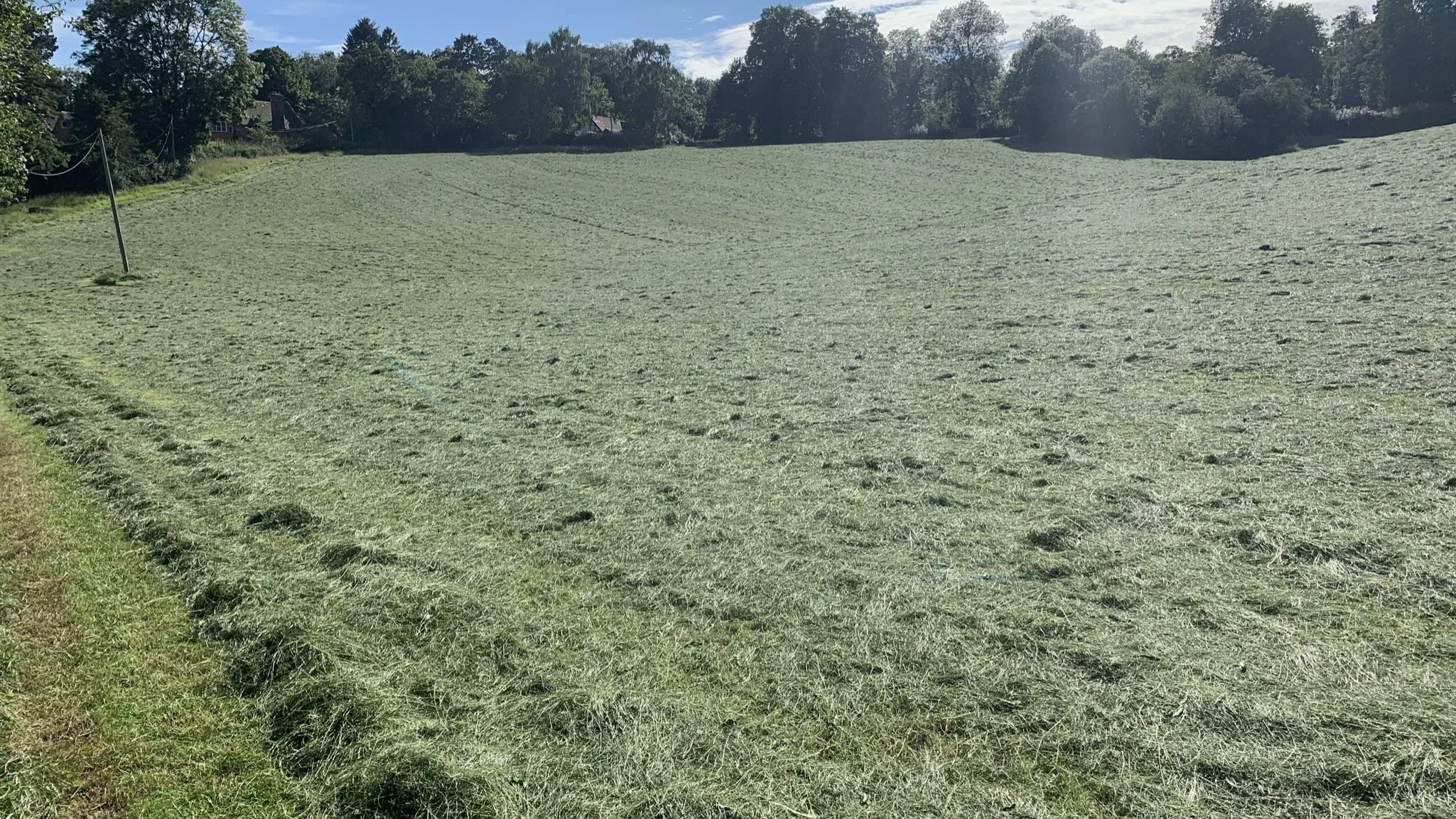Silage dry matter analysis
It’s that time of year again - well it is as I’m writing this - the time when farmers sit down and pore over the silage analysis results. A bit like an end of year school report only your mum doesn’t get to read it before you. The silage analysis report tells you how you did this summer, and what you are going to have to work on during the winter. And just like the school report many tend to focus on the bits that look good, make excuses for the bits that didn’t hit our targets and ignore the bits that don’t really matter.
What bits of the silage analysis don’t you read?
The bits that everyone reads are the ME and the protein and probably the pH. These are the STEM subjects, or the three R’s to some of an earlier generation! The bits that really tell you what you have got in the clamps. But the one value most often just give a passing glance (the P.E. or R.E.) is the dry matter percentage and silage dry matter really does matter. It's important to hit the target DM whilst making the silage but how important is it when it comes to feeding out?
Silage dry matter - matters
How important is the Silage Dry Matter?
Well it’s probably far more important than many farmers recognise. Not the reader of this blog obviously, because if you’re reading this, chances are you really care and think about your silage. Either that or you're doing some research for a uni project. Anyway, here is why the dry matter score on the silage analysis is so important, and it's all about the ME.
ME?! - I thought you were taking about DM?
The ME or Metabolisable Energy is the first thing you read, or the first thing you care about when reading a silage analysis. This is the energy that is available to your livestock or AD tank. The figure that is quoted on the analysis is shown in MJ/Kg DM or mega joules of energy per kilogram of dry matter. That’s because the energy is only stored in the dry matter, not in the water you brought home when you made the silage. So if you compare silages with the same ME but different dry matters, then the amount of energy available will be very different.
So consider 3 silages of 25% (low), 27% (mid) and 30% (high) dry matter all with an ME of 11.5.
In every kilogram of dry matter there will be 11.5MJ of energy regardless of the DM %
However in a tonne of the Low DM silage there are just 250kg of dry matter, then 270kg in the Mid and 300kg in the High dry matter silage.
Loading Kuhn Feeder wagon
If you’re loading the silage into a TMR feeder wagon by the kilo or tonne, you are actually adding vastly different amounts of energy in each case. Below are the actual mega joules of energy contained in a tonne of each of those silages.
Low 25% DM - 2,875 MJ
Mid 27% DM - 3,105 MJ
High 30% DM - 3,450 MJ
That’s 575 MJ of difference between the low dry matter and the high. You would need to feed 1.2t of low dry matter silage for every tonne for high DM silage to have the same amount of energy available. As the cows are likely to have adlib access to the silage, then their intakes will be limited by bulk. Getting them to eat 20% more is not going to be easy.
To overcome intake limits, you would have to be feeding lower dry matter silage with much higher ME levels. To have comparable energy levels, the low dry matter silage would need an ME of 13.8 to equal the 11.5ME higher dry matter silage. So you can see, silages with the same ME are absolutely not all equal.
Why is low dry matter silage always so acidic?
A low dry matter silage will usually have some other intrinsic characteristics. The moisture in the fresh forage has a buffering effect during the fermentation. This means that the acid the bacteria are producing during the fermentation is kind of diluted by the moisture levels. As a result the bacteria have to produce more acid to get the pH to drop by one point. It’s common for low dry matter silage to have very low available sugars and very low pH when analysed. That’s because the bacteria have had to use all the freely available sugars to produce this acid to overcome the buffering. In doing this they have produced a very low pH and have gobbled up all the sugar. That has a detrimental effect on the nutritional value of the silage and on the pH levels in the livestock rumen.
Wilting to increase dry matter
Is it too late to correct the dry matter once it’s in the clamp?
Yes, it is too late for this crop, but it's never too late to learn a lesson so take on board what the analysis is telling you. If the dry matter is too low in this crop, then consider tedding the next cut crop to try and speed up wilting. Just like the headmaster was telling me all those years ago - read the report and make some improvements - or you could just hide the report in your bag and go outside to muck about with your mates. Only one of those options is a recipe for success!
If you want to know more about the importance of dry matter of would like to discuss any other aspects covered in this series, contact me at jeremy@silageconsultant.co.uk
If you have enjoyed reading this blog and found it interesting why don’t you subscribe to The Silage Consultant and we will let you know when another blog is published.



